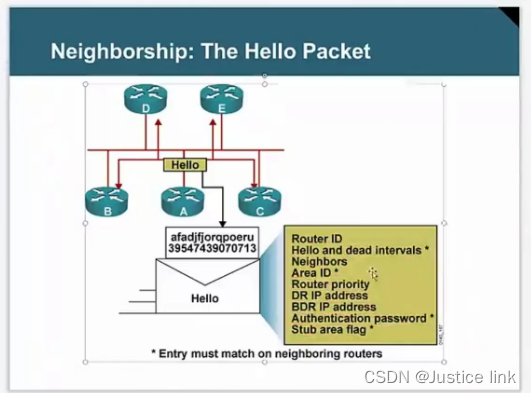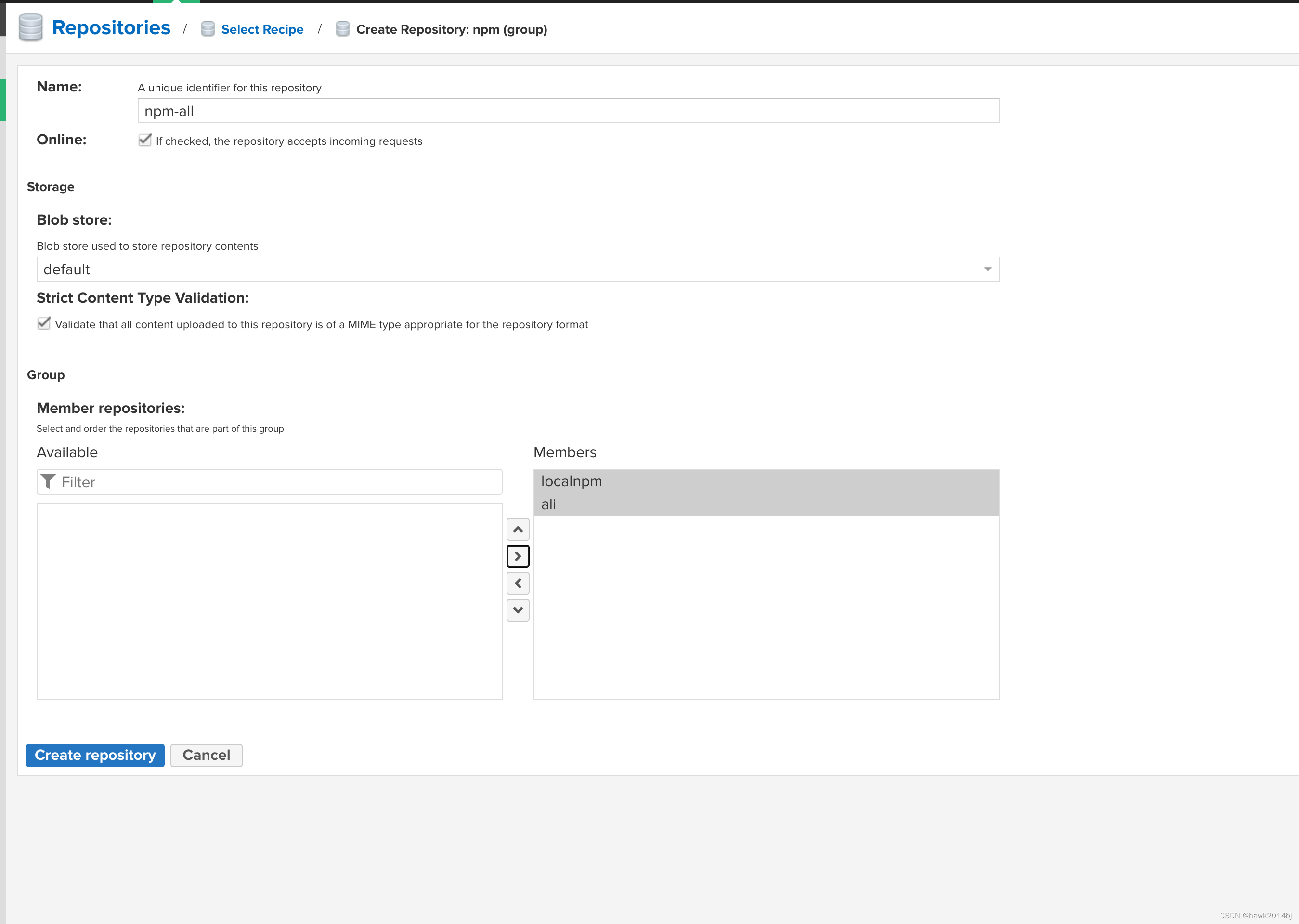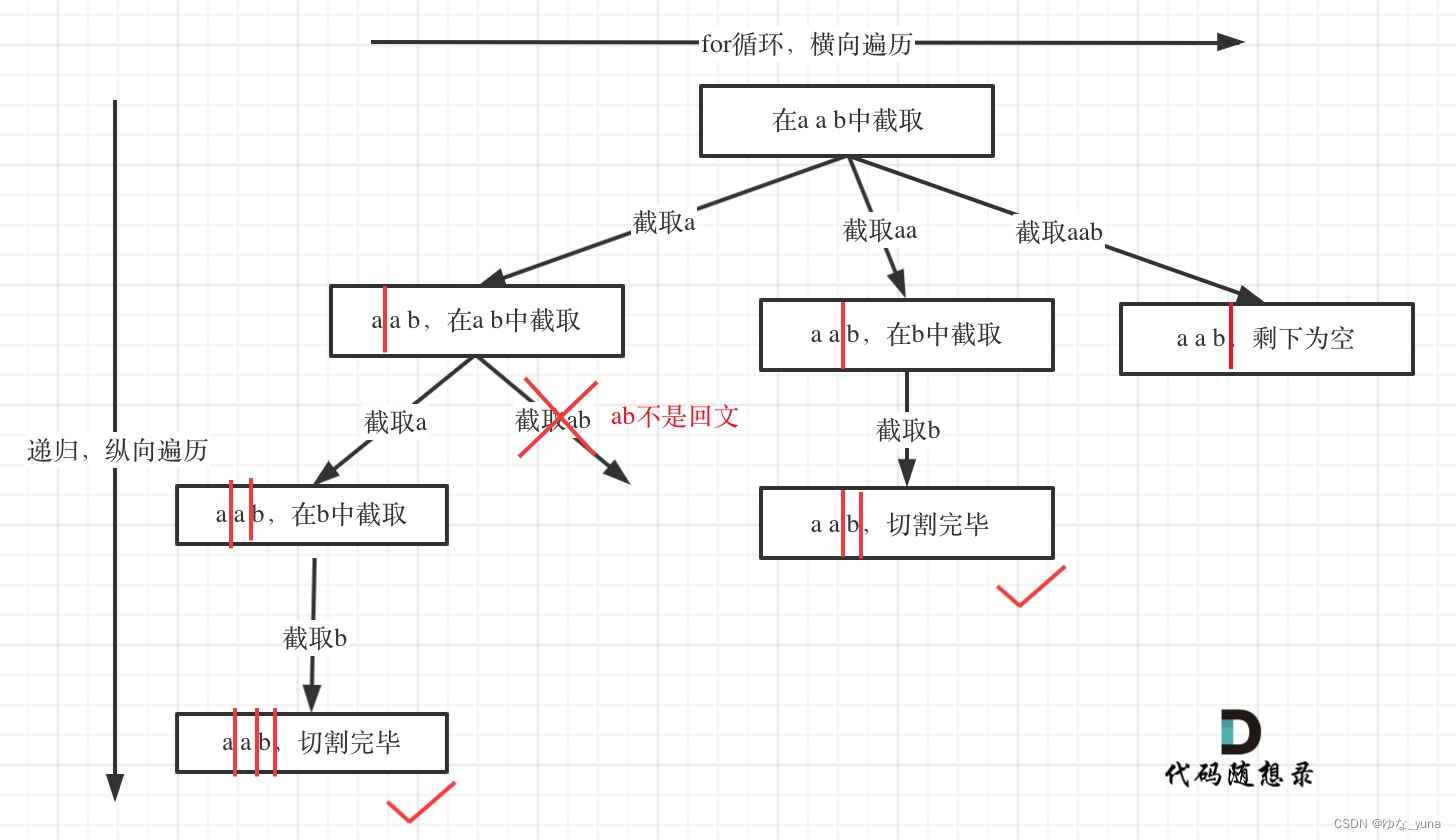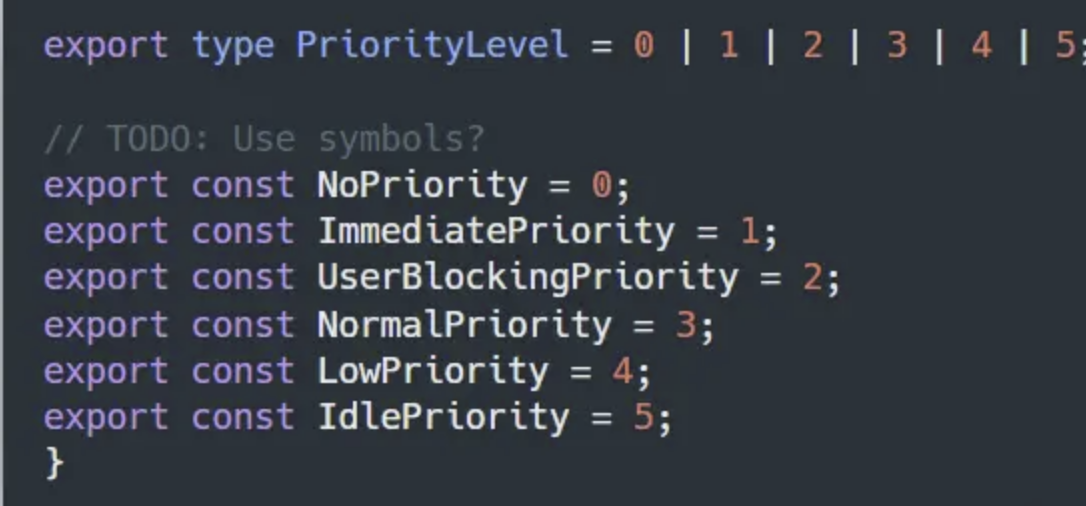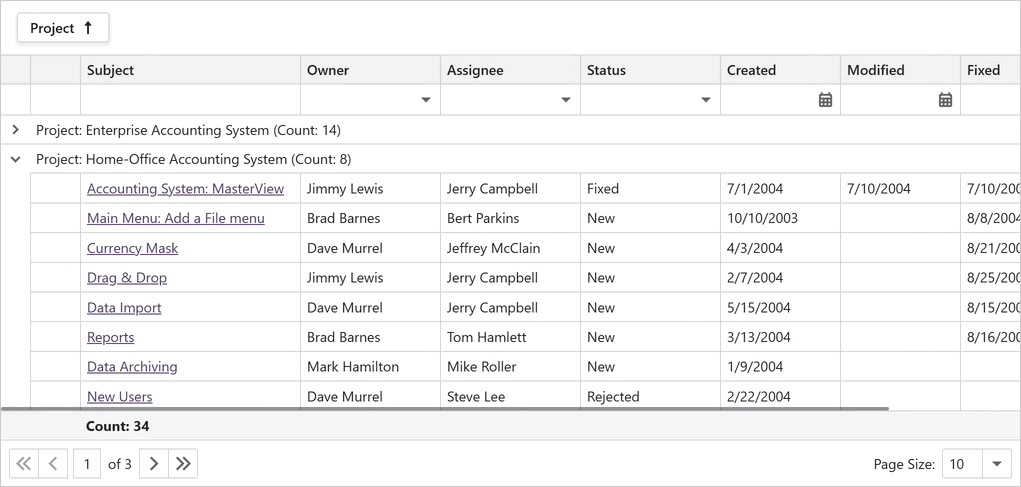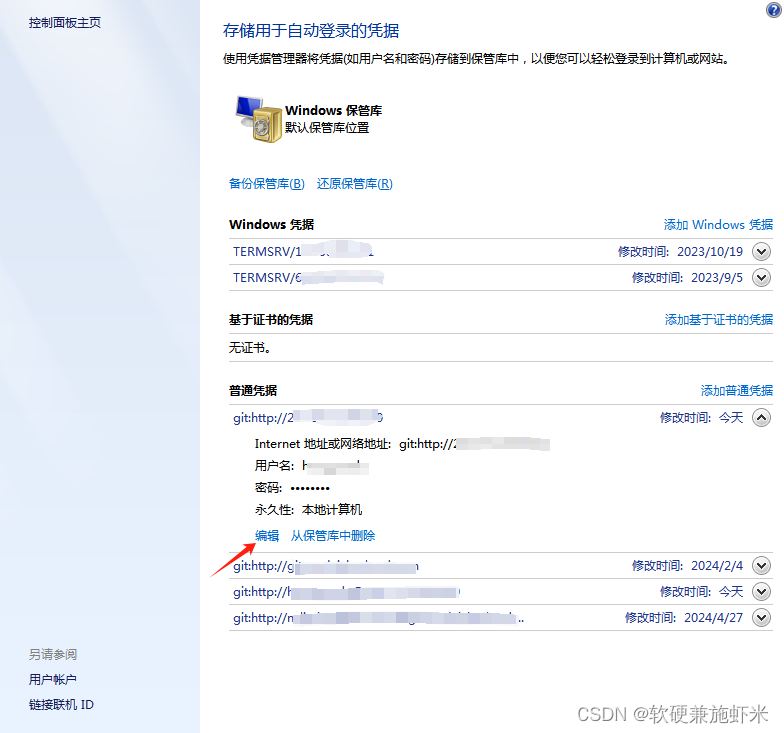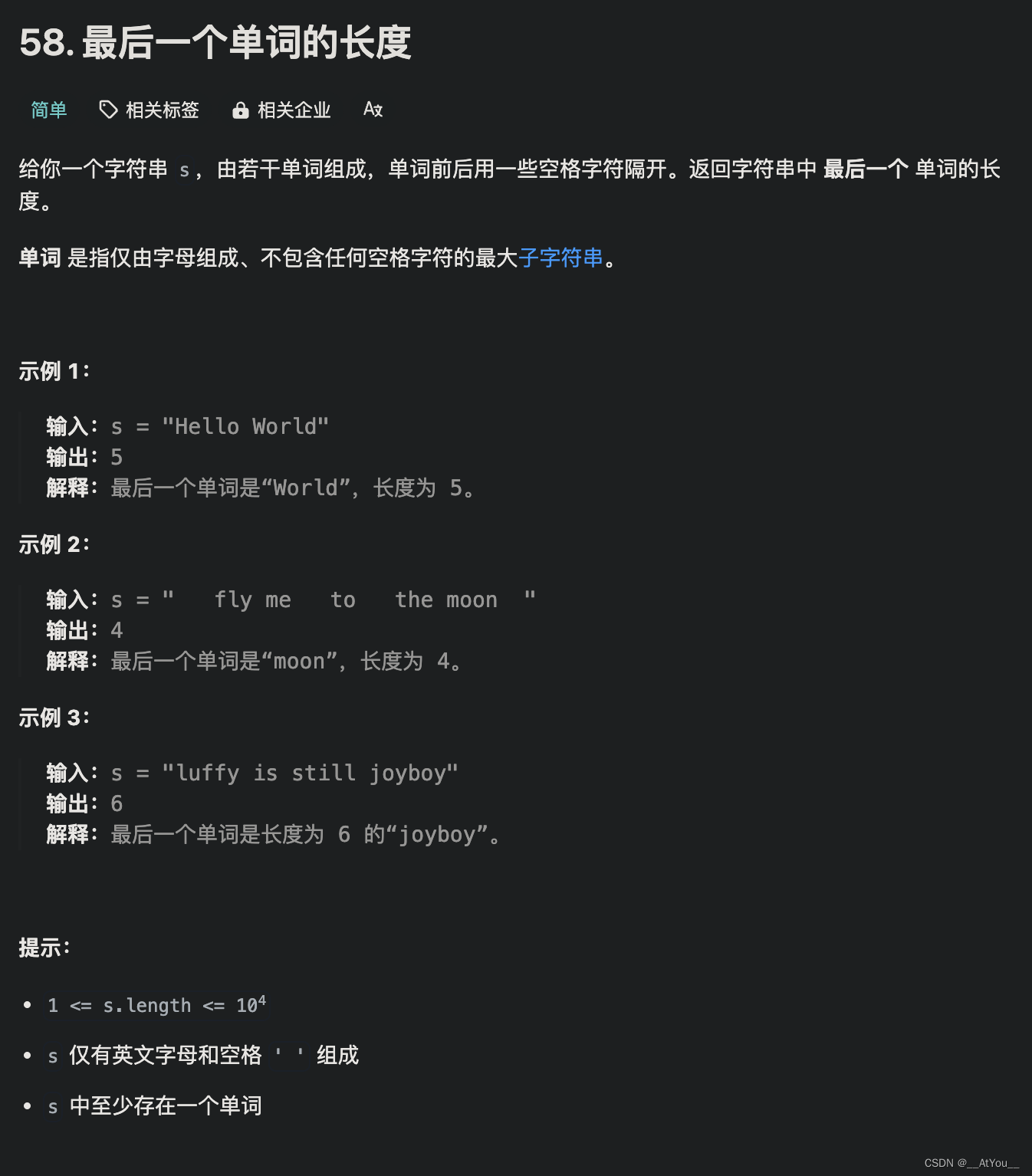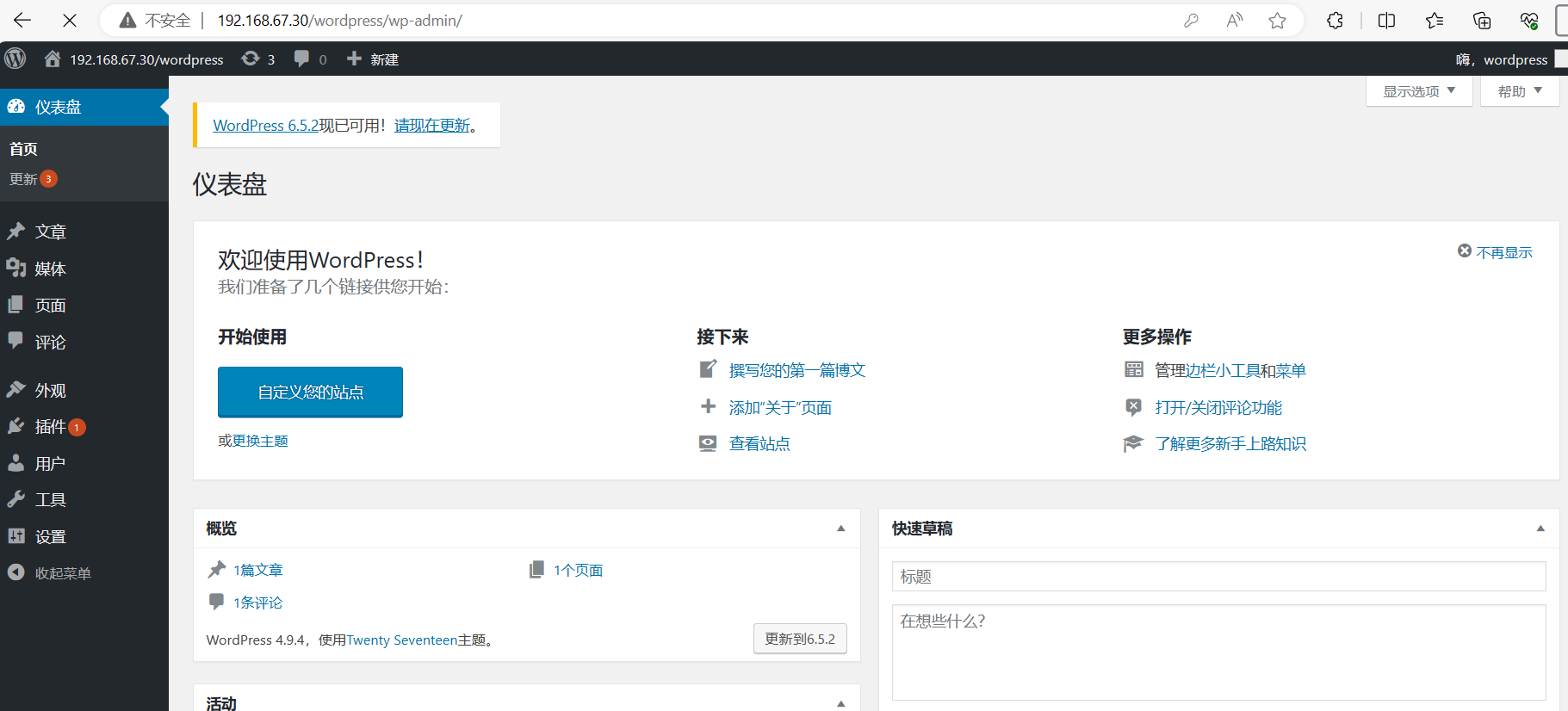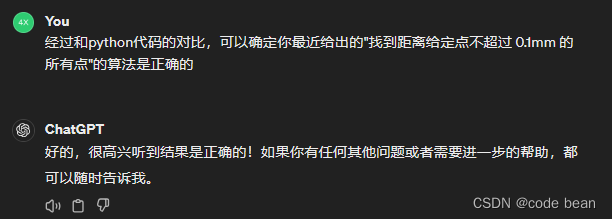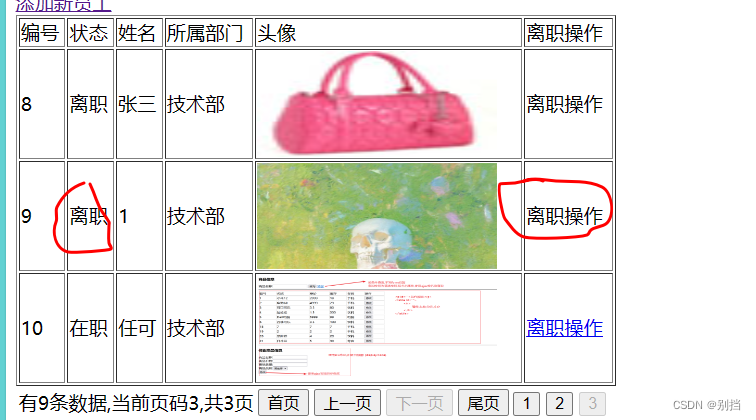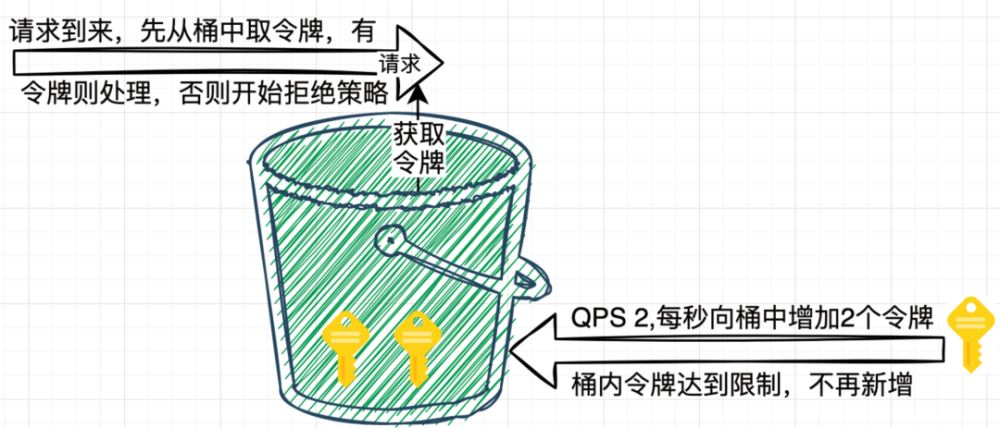【 声明:版权所有,欢迎转载,请勿用于商业用途。 联系信箱:feixiaoxing @163.com】
在大部分linux程序开发中,一般是没有界面的。不过不排除有些场合,是需要用界面进行数据交互、调参使用的。这种情况下一般就用pyqt5做一个简单的界面就可以。特别是功能比较单一的时候,如果还要花大量的时间去做界面相关的工作,往往是得不偿失的。加之对于树莓派4b这样的界面,直接用mobaxterm可以直接进行界面开发,非常方便。

1、安装pyqt5
在树莓派4b上面安装pyqt5,只需要一条命令就可以了,
sudo apt-get install python3-pyqt52、测试方法
这个时候测试界面,很多同学希望可以有一个屏幕进行开发。其实这是不需要的。我们需要的只是一个mobaxterm软件。这样哪怕直接输入python demo.py也就是在pc电脑上显示出对应的效果。
3、第一个测试程序
本着耳听为虚、眼见为实的原则,我们编写第一个程序demo.py程序,
import sys
from PyQt5.QtWidgets import QApplication, QWidget, QPushButton, QMessageBox
class DemoApp(QWidget):
def __init__(self):
super().__init__()
self.initUI()
def initUI(self):
self.setGeometry(100, 100, 300, 200) # Set window size and position
self.setWindowTitle('PyQt5 Demo') # Set window title
# Create a button
self.button = QPushButton('Click Me', self)
self.button.setGeometry(100, 50, 100, 30) # Set button size and position
self.button.clicked.connect(self.showMessageBox) # Connect button click event to function
def showMessageBox(self):
# Show a message box when the button is clicked
QMessageBox.information(self, 'Message', 'Button Clicked!')
if __name__ == '__main__':
# Create the PyQt5 application
app = QApplication(sys.argv)
# Create and show the demo application window
demo = DemoApp()
demo.show()
# Run the application event loop
sys.exit(app.exec_())程序比较简单,就是显示一个按钮,单击按钮后,有一个弹窗。效果如下所示,
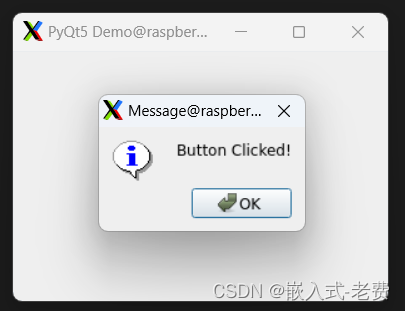
4、第二个测试程序
和第一个测试程序相比较,这一次多了一个菜单,我们来看看菜单时怎么做的,姑且暂时文件命名为menu.py,
import sys
from PyQt5.QtWidgets import QApplication, QMainWindow, QAction, QMenu
class MenuDemo(QMainWindow):
def __init__(self):
super().__init__()
self.initUI()
def initUI(self):
self.setWindowTitle('PyQt5 Menu Demo')
self.setGeometry(100, 100, 400, 300)
# Create actions for the File menu
file_menu = self.menuBar().addMenu('File')
new_action = QAction('New', self)
new_action.triggered.connect(self.newFile)
file_menu.addAction(new_action)
exit_action = QAction('Exit', self)
exit_action.triggered.connect(self.close)
file_menu.addAction(exit_action)
# Create actions for the Edit menu
edit_menu = self.menuBar().addMenu('Edit')
cut_action = QAction('Cut', self)
cut_action.triggered.connect(self.cutText)
edit_menu.addAction(cut_action)
copy_action = QAction('Copy', self)
copy_action.triggered.connect(self.copyText)
edit_menu.addAction(copy_action)
def newFile(self):
print("New File created.")
def cutText(self):
print("Text cut.")
def copyText(self):
print("Text copied.")
if __name__ == '__main__':
app = QApplication(sys.argv)
demo = MenuDemo()
demo.show()
sys.exit(app.exec_())代码执行后,效果是这样的,

5、第三个测试程序
第三个测试是关于定时器的,就两个按钮,一个是开始,一个是结束。暂时把这个文件命名为timer.py,
import sys
from PyQt5.QtWidgets import QApplication, QWidget, QVBoxLayout, QLabel, QPushButton
from PyQt5.QtCore import QTimer, QTime, Qt
class TimerDemo(QWidget):
def __init__(self):
super().__init__()
self.initUI()
def initUI(self):
self.setWindowTitle('PyQt5 Timer Demo')
self.setGeometry(100, 100, 300, 200)
self.label = QLabel('00:00:00', self)
self.label.setAlignment(Qt.AlignCenter)
self.start_button = QPushButton('Start', self)
self.start_button.clicked.connect(self.startTimer)
self.stop_button = QPushButton('Stop', self)
self.stop_button.clicked.connect(self.stopTimer)
layout = QVBoxLayout()
layout.addWidget(self.label)
layout.addWidget(self.start_button)
layout.addWidget(self.stop_button)
self.setLayout(layout)
self.timer = QTimer()
self.timer.timeout.connect(self.updateTime)
self.elapsed_time = QTime()
def startTimer(self):
self.timer.start(1000) # Timer triggers every 1000ms (1 second)
self.elapsed_time.start()
def stopTimer(self):
self.timer.stop()
def updateTime(self):
elapsed = int(self.elapsed_time.elapsed() / 1000) # Elapsed time in seconds
time_display = QTime(0, 0).addSecs(elapsed).toString('hh:mm:ss')
self.label.setText(time_display)
if __name__ == '__main__':
app = QApplication(sys.argv)
demo = TimerDemo()
demo.show()
sys.exit(app.exec_())
整个程序运行起来的效果是这样的,
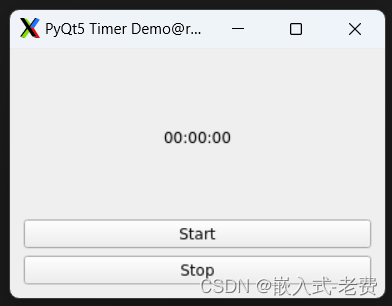
6、总结
如果我们开发的重点是算法和驱动程序,那么不需要在linux界面耽误太多的时间。或者说,即使是编写界面,也是在windows上位机上面开发界面,而不是现在的linux上面开发。
当然,如果真的用pyqt5做最终的产品开发也是可以的。需要做的,就是美工、布局上优化一下,增加一下开机启动,并且做到全屏显示就可以了。实际上,pyqt5的功能还是非常多的,建议大家可以好好使用一下。




